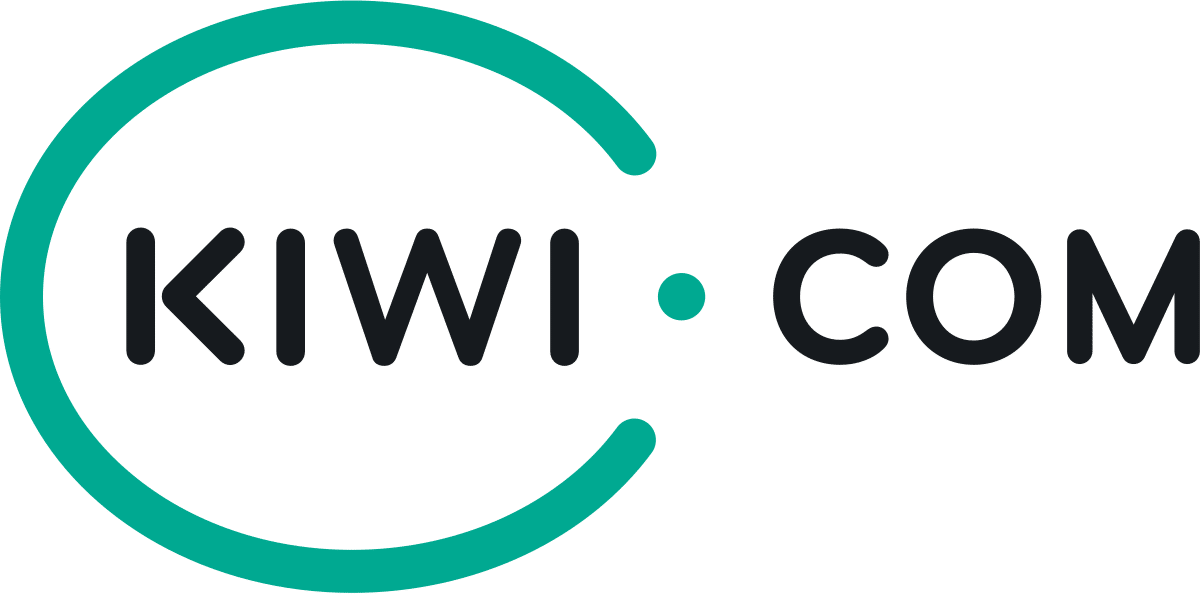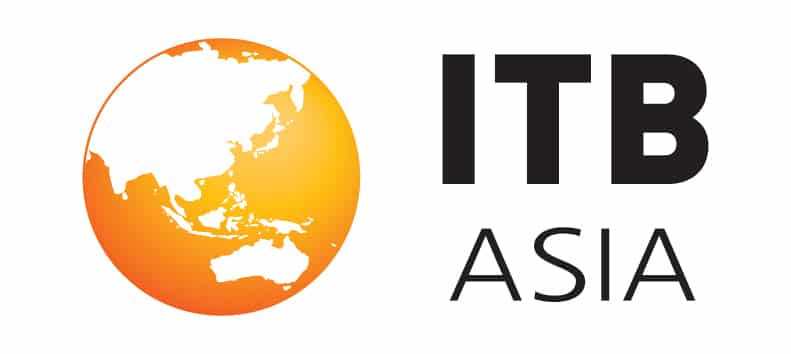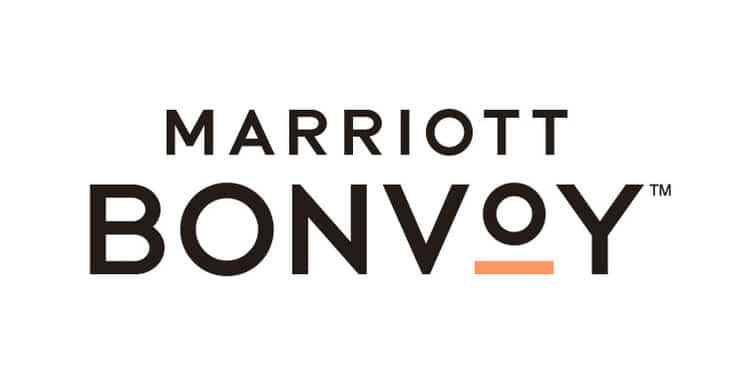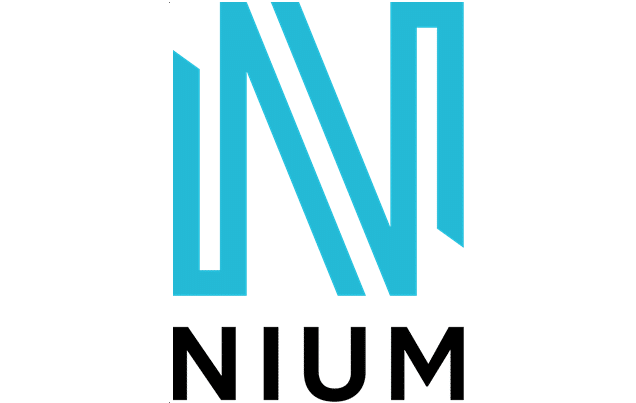How to hold the perfect meeting
A new survey reviles that the average businessperson spends three years of his working life in meetings and 80 per cent of those meetings are inefficient. In a bid to help us get the most out of our meetings – and the rest of our working week – the Business Travel Show survey, conducted by Chartered Clinical Psychologist and specialist in employee relations and motivation, Elisabeth Robson, prepared a essential guide to the perfect meeting:
- Meetings should not be longer than one hour. The average adult concentration span is just 45 minutes. If long meetings can’t be avoided, then have a ten-minute break every hour.
- Meetings should have a purpose, remain focused, stick to the time limit and achieve a goal. Always prepare an agenda and brief your team. Always appoint a chairman, to keep the meeting on track, and a minute-taker.
- The perfect number of attendees is eight. If possible, never go above 12 or below five as this will ruin the dynamic of the meeting.
- You should not attend more than two meetings in one day. You will lose focus and interest with each successive meeting. You will also resent the disruption caused to your working day.
- Always hold meetings in the morning, as attendees are more alert then. In the afternoon, most people suffer from a post-lunch sugar low, which makes them sleepy. The perfect time is around 10am: this gives internal attendees time to arrive at the office, settle in and prepare and also gives external visitors plenty of time to find the venue without having to rush.
- Forget the marble and glass – professional meeting rooms should be formal, but inviting. Use lighting and furniture to make guests feel welcome and comfortable. Avoid making them feel too relaxed, however: they are there to work, not dose off. Try to use a round table: it avoids an obvious hierarchy and allows for eye contact, which encourages everyone to communicate and participate. Do not dictate the seating arrangement – people should feel comfortable and not manipulated.
- Food should not be served within the meeting room. It’s too much of a distraction. In fact, avoid placing any distractions in the room. If you are hosting a long meeting, feed guests beforehand. Lunch should be a light, refreshing menu. Warm, rich food will make guests feel sleepy. Avoid alcohol at all times: it has a negative effect on cognitive functioning. While one glass of wine will do little harm, it’s impossible to stop someone from drinking more than that and, therefore, sensible to avoid the risk.
- Respect the different cultures and customs of other attendees. When greeting guests, shake hands; never kiss. Men should never shake a woman’s hand unless it’s offered to them; this is particularly important to the Jewish and Muslim faiths, for instance.
- Visual aids can add value to a meeting as long as the content is brief, easily digestible, and one hundred percent relevant. The more senses we engage in a meeting, the easier it is for us to understand, process and recall information.
- Off site locations provide great alternative venues. They are perfect for confrontational meetings (they neutralise the situation), where attendees need an incentive (they can provide a treat), or when special equipment is needed (for a team-building day, for example).
“Most of the rules for running a perfect meeting may appear to be general common sense,” explained Elisabeth Robson. “The problem is they have become so ingrained in our working lives, we seem to have forgotten even the most basic ground rules, starting with how, why and when to have a meeting. They have become habitual, pointless and a waste of time, when they can, in fact, be very enjoyable, productive, creative and full of purpose. But to achieve this, we must stop letting chaos rule and re-establish a bit of structure and discipline.”
 United Kingdom
United Kingdom United States
United States Asia Pacific
Asia Pacific











































BA suspending all Heathrow to Abu Dhabi flights
Turkish Airlines flight in emergency landing after pilot dies
Unexpected wave rocks cruise ship
Woman dies after going overboard in English Channel
Foreign Office issues travel advisory for winter sun destinations